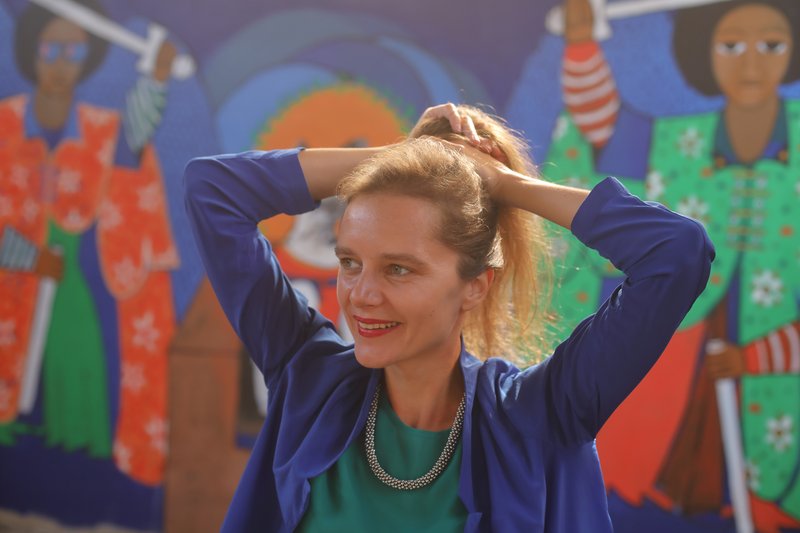Inga Lace

In 2021, 50 contemporary art curators, researchers, and museum professionals from 32 different countries were awarded support to attend the CIMAM 2021 Annual Conference, in-person and online.
For the first time, and thanks to the generous support of The Getty Foundation who sponsored the virtual platform, 27 grantees attended the conference online, while 23 attended onsite.
Launched in 2005, CIMAM’s Travel Grant Program is designed to foster cooperation and cultural exchange between contemporary art curators and museum directors in emerging and developing economies and their counterparts in other regions of the world.
Inga Lace's Conference Report
During the rich and stimulating days of the conference, it was impossible to ignore the context we were gathering at – the one that Polish cultural workers were enduring from day to day – that being the ever-closer grip of the far-right conservative government over local matters, cultural institutions including. A recent replacement of the director of Warsaw’s Zacheta National Gallery of Art was announced recently and sparked significant protests,[1] and more are to follow, slowly eroding the critical fabric of the thriving art ecosystem.
Consequently, I felt a moment of gratitude when Ukrainian artist and filmmaker Oleksiy Radinsky started his talk by expressing solidarity to Polish cultural workers during the second day of the conference. This left me thinking–how can we support each other in dire times across the national borders when a lot of the cultural infrastructure is still based on national funding systems and dependent on ideologies and political situations in each country.
Radinsky started his talk with the Polish Ujazdowski Castle that has mounted its first openly fascist exhibition and continued Ukrainian locale, the importance to reconsider the role of museums, monuments, and public space in the face of ever more profound erosion of possibility of debate between the left-liberals and right conservatives.
“Why don’t we switch from the conflict between liberalism and fascism, where liberalism, unfortunately, tends to lose, towards that of socialism and capitalism?” he proposed. Capitalism excels at pitting excluded groups against each other, keeping a solid ground for continuing its extractive logic that we all suffer from. Thus, we should be referring back to socialism as an ontologically different model of society.
One of the ways to experience that socialism, according to Radinsky, is the provincial non-art museums. We all recognize those, and many of us find it curiosity or simply irrelevant in the contemporary world, often acutely under-financed and under-valued. The examples Radinsky gives start with a Soviet sculptor Ivan Shadr “Stone Is a Weapon of the Proletariat” (1927). The next step in his presentation is the Maidan which took place in 2014 in front of the National Art Museum of Ukraine, led by the Ukrainian citizens. Radinsky noted that one could say that this artwork was reenacted in front of this museum until the regime finally fell. The proletariat used the stone and won.
At the same time, Ukraine’s rising nationalism is characterized by decommunization, which involves getting rid of communist heritage in public space. That also means making private what was once public. If it’s a public space that is to be decommunized, the situation is clear–that includes monuments, mosaics, etc., but the problems arise if a whole museum should be decommunized. The previously mentioned provincial museums are museums of regional history, natural history, or local lore. Together with other artists, Radinsky is trying to reimagine those museums as community centers, spaces for artistic contributions, and dialogue. Those spaces and the radically rethought socialist remnants that they carried can serve as a future-oriented socially ecological plan for our planetary co-habitation, a yearning that was in one way or another echoed in many other talks.